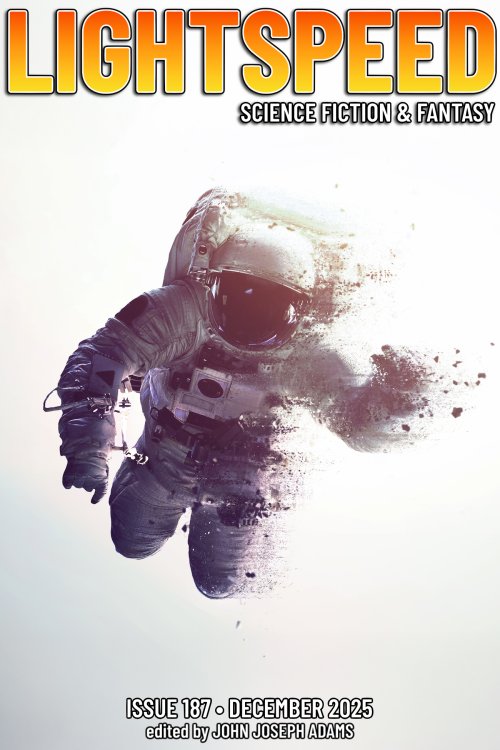Author Spotlight
Author Spotlight: Gene Doucette
I like starting in the middle and then backing up. In “Hypnopompic Circumstance” that middle was “Thomas’s first encounter with the alien was terrifying.” It works for the reader because now there are a lot of questions in need of answers (who is the alien, why is Thomas the only one encountering it, how many encounters have there been, etc.) which keeps them interested. Possibly as important, by starting with this kind of sentence, I’m interested in writing more.








